Refugia Newsletter #91
Holy Days, holy seeds, tariffs and clean energy, global clean energy gains, Ann Arbor energy resilience, faith/climate resources, climate justice Lutherans, and a prayer of blessing
Refugia News
A blessed Holy Saturday and Easter to you today if you observe Christian holy days, and a blessed Passover week if you observe Jewish holy days. I commend to you a bracing Passover reflection from journalist Jen Rubin. Rubin reflects on Passover as a call to radical empathy for the stranger and sojourner, quoting Rabbi Jonathan Sacks:
If there is one command above all others that speaks of the power and significance of empathy, it is the line in this week’s Parsha: “You shall not oppress a stranger, for you know the heart of a stranger: You were strangers in the land of Egypt” (Ex. 23:9).
This is a fitting weekend to reflect on every great faith’s fundamental calls to virtue and resolve in the face of cruelty and injustice, including vengeful or careless cruelty sponsored by the state. We Christians worship a Redeemer who submitted himself to such cruelty, and we reflect on this sacrifice during Good Friday observances. Yesterday, I attended my church’s outdoor Good Friday meditation service, during which we walk the stations of the cross set up on our property’s nature trail. We had had a thunderstorm in the morning, but the rain cleared just in time for our walk, and the birds were singing. I am starting to wonder how we ever manage to worship without the accompaniment of birdsong. The birds spoke life and joy even as we reflected on death and sorrow.
Folks from my church during our Good Friday outdoor service. This is one of the crosses we have set up on our nature trail to serve as stations for meditation.
“They tried to bury us. They didn’t know we were seeds.” You may have heard this one recently as activists of all kinds continue to build networks and plan actions to resist the authoritarian actions of our federal government. Burial and seeds are also fitting images to ponder as we Christians celebrate the hope of the Resurrection tomorrow. Where do we see signs and foretastes of this hope, here and now, today? Where do you perceive the seedlings of the Great Healing to come?
My seed starts are doing great! These are zinnias, basil and peppers. It’s so life-giving to plant literal seeds and watch the miracle of growth.
One way to be holy seeds is to participate in the pro-democracy movement that is building power and energy every week. Thanks to those of you who wrote to tell me you showed up for the April 5 Hands Off protests after reading my last newsletter! That’s wonderful!
Husband Ron, our friend Rev. Jennifer Holmes Curran, and me at the Hands Off protest in Grand Rapids on April 5. Great turnout, great spirit. It was fun!
There are many more protests to come, including today’s Day of Action! I can’t go because of my work commitments today, but you can always go to the 50501 site to find a protest near you, today and any time. Another way to keep up on nonviolent, strategic action is to sign up for the We the People Dissent Substack. They keep track of an ever-more-extensive list of public action. We have many tasks ahead, but protest action, as I wrote last time, is one important aspect of our work.
Hang on to that buried seed metaphor as we seek together to strengthen our resolve for the days ahead. (Note: If you wonder about the origins of that oft-repeated phrase about seeds, maybe it’s a Greek poet? Also, note the interesting alterations some folks have suggested.)
Hyacinths coming up well, too. And the deer leave them alone (so far).
I have lots to tell you this week, so I’ll get to it. But first I want to welcome new subscribers. Thank you for joining our community. We are people of faith seeking to become people of refugia: we are finding, creating, and nurturing places of life-giving capacities even amid severe disturbance.
This Week in Climate News
April is ridiculous for academics like me, with so much end-of-semester business (grading, events, more grading). Plus Holy Week. Plus Earth month. So yikes. It’s been pretty tough for me to keep track of all the chaos in the actual news. Every day there are more disheartening threats to climate work in the US, a great number of them dumb economic moves, false rhetoric, and illegal executive orders that will set off yet more flurries of lawsuits. Sigh.
The people at Climate Action Campaign summarized the basics of the Trump regime’s hostility to a more sustainable future:
Fueling the climate crisis by kneecapping lifesaving pollution protections
Crippling extreme weather preparedness
Destroying the economy by illegally freezing clean energy investments and increasing costs by launching trade wars with climate allies.
I would add:
lying about climate facts and climate solutions, suppressing the truth, and throwing every bouquet they can to the fossil fuel industry.
You know how it is: this regime is trying its best to make us poorer, sicker, dumber, and less safe.
For example, I’ve tried to figure out what the tariffs will mean for climate action in the US, but of course it’s all speculation at this point, and who knows what will change next week? The biggest worry is China. A trade war with China is foolish for the US in many ways, and there is little reason for China to back down. They hold the cards, including with regard to minerals used in clean energy and tech.
This article by Max Bearak and Harry Stevens of the New York Times (free link) notes how dependent the US is on China for 50 critical minerals:
The United States obtains more than half of them, including a category of 17 minerals known as “rare earths,” mostly from China. And this week, China tightened its export restrictions on six rare earths, all but halting U.S. access to new supplies.
There’s a nifty chart in the article that specifies how much of which mineral, if you’re curious. These minerals are essential not only for clean tech but for defense manufacturing, data centers, and electronics. Moreover, China also operates a huge percentage of the world’s processing and refining facilities.
In a related article, Stevens notes the potential impact on clean energy tech:
Among those critical minerals are lithium, cobalt and nickel, components of the rechargeable batteries that power electric vehicles and store energy on the grid when the weather is unfavorable for wind and solar generation. China refines or mines significant portions of the world’s supply of all three, and Chinese companies have acquired major stakes in mineral-rich countries: nickel in Indonesia, cobalt in the Democratic Republic of Congo, lithium in Zimbabwe.
For now, the article notes, US industry has a stockpile of rare earths to tide us over, but this will not last forever. As I say, though, who knows what will happen next week?
Meanwhile, let’s celebrate some clean energy wins. The transition continues across the world. On April 8, the global energy think tank Ember released their annual Global Electricity Review for 2024. I’ll let Sam Matey summarize the good news:
Clean power surpasses 40% of global electricity for first time since 1940s. Clean electricity reached a historic 40.9% of global power in 2024, driven by record renewables growth, with solar and wind together exceeding hydropower for the first time. Solar is leading the charge (now doubling every three years) and 80 countries now generate over half their electricity from clean sources. Ember
The expectations for demand and clean growth mean that fossil generation is set for structural decline over the rest of the decade, by a small margin in the near-term and a confident margin by the end of the decade. [This last is a quote from the Ember report—dkr.]
Here are some further stats the Ember report highlights:
40.9% Share of global electricity generation from low-carbon sources in 2024
+29% Growth rate of solar generation in 2024, a six-year high
+4.0% Electricity demand growth in 2024, which was amplified by heatwaves.
Despite that last statistic (which for now raised carbon emissions slightly), this whole report is full of good news about the phasing out of fossil fuels around the world. And here’s some more good news from Ember’s US report. This chart says it all. Here’s more on this story if you’re curious.
Another piece of good news: starting in 2027, international shipping will be subject to a carbon tax. There are some complications to the deal with. But it’s still a meaningful step. Jennifer McDermott and Sibi Arusu report for AP News:
Many of the world’s largest shipping nations decided on Friday to impose a minimum fee of $100 for every ton of greenhouse gases emitted by ships above certain thresholds, in what is effectively the first global tax on greenhouse gas emissions.
The International Maritime Organization estimates $11 billion to $13 billion in revenue annually from the fees, with the money to be put into its net zero fund to invest in fuels and technologies needed to transition to green shipping, reward low-emission ships and support developing countries so they aren’t left behind with dirty fuels and old ships. The thresholds set through the agreement will get stricter over time to try to reach the IMO’s goal of net zero across the industry by about 2050.
So, what can we all do to keep pushing toward a clean energy economy and a more just and sustainable world? For one thing, keep working at the state level. To help keep us inspired, the New York Times has launched a series called 50 States 50 Fixes. So far they’ve featured remarkable climate work in Arizona, Colorado, Hawaii, Idaho, and Massachusetts.
A separate article by Allison Prang (free link) features a city here in Michigan: Ann Arbor, home of the University of Michigan (Go blue! Yes, I’m an alum). Ann Arbor has long worked ambitiously toward net-zero, and this month the City Council “approved plans to create a sustainable energy utility, or S.E.U., which is an organization that helps local residents use less energy.” More than that, though, the plan is designed to make Ann Arbor much more energy resilient:
The city wants to stand up its own solar and geothermal power facilities, with the ultimate aim of building microgrids that can operate on their own, particularly when the traditional electricity grid goes down.
They hope to be operational by mid-2026.
How is your state doing on climate action? You can research that by accessing this state climate action plan website. For now, the EPA website also has a state-by-state rundown of climate action priorities.
Deeper Dive
Say you’re a person of faith, and you want to get more involved in climate action. In fact, you want your whole congregation or faith community to get more involved. Where do you start?
Well, that’s both an easy question and a hard question, for the same reason: there are a million ways! I’d like to share with you today two resource bundles. There are more! But these are good ones.
First, I commend to you Katharine Hayhoe’s recent Substack, in which she links to a whole passel of organizations that are helping congregations engage with climate work. Hayhoe cites the recent study showing that Christian leaders are worried about climate… but not talking about it.
Just last week, a new study found that the vast majority of Christian leaders in the United States – nearly 90 percent, in fact – agree that humans are changing the climate. That’s good news! What’s not so good, however, is most of them are not talking about it. Only half of surveyed Christian leaders reported discussing climate change with their congregations, and only a quarter have brought up the topic more than once.
As Hayhoe observes, “This silence has consequences.” She then lists numerous faith-based orgs all over the world that provide inspiration, guidance, and resources. Hayhoe’s own website has a huge list of resources, too.
Sun Day planners are inviting artists to produce their own version of the Sun Day logo. This is only one of many!
The second resource I commend to you is Third Act Faith’s recent News and Views newsletter. In particular, scroll down to the section titled Sun Day Plans. Third Act, along with many partners, is planning a huge day of action September 20-21. The idea is to help us cast a joyful vision for a clean energy world:
Sun Day isn’t just about protests and culture wars but about changing the culture of America by showing our country a more beautiful way to live on this planet. Third Act wants to initiate a major shift toward widespread acceptance of solar energy as the power for the future.
With lead sponsor Fossil Free Media and other organizers, Third Act will be creating giant events to attract major media attention on Sun Day. They want Third Act’s nearly 100,000 members to spread the word and help plan and support a variety of events.
And we want faith communities to be all-in on this event! Those of us on the Third Act Faith Coordinating Committee are busy brainstorming and planning ways to help faith groups get involved in joyful, creative, faith-infused ways:
TAF is promoting a massive, multi-faith effort to engage as many of our earth-care, climate, and environmental justice ministries and congregations as possible. Some congregations may create community solar fairs, outdoor worship services, or community garden projects. Other faith groups may join solar demonstrations, exhibits, and parades that schools or universities are planning in their area. There is so much scope for the imagination! However, all this will take time to organize.
Curious? Interested? Check out the newsletter and sign up for our calls later this month.
Finally, I want to share with you an invitation to an ecumenical prayer service for Earth Day, which is this Tuesday, April 22. This one is sponsored by Creation Justice Ministries. You can sign up here.
Refugia Sighting
Speaking of faith groups doing great work, last weekend I had the privilege of interviewing a group of terrific people at Mount Olive Lutheran Church in Minneapolis, Minnesota. Ron and I had so much fun!
Jim Bargmann, Judy Hinck, Elaine Halbardier, Art Halbardier, Mark Pipkorn and his grandson John Regan, Beth Gaede (my editor at Fortress for Refugia Faith, now retired!), and me. Thanks to Ron for all these photos.
I will write much more about this as I work on the Refugia Church manuscript this summer. Also, Ron and I recorded an interview with one church leader, Judy Hinck, for the Refugia Podcast. I’ll let you know when that comes out this fall.
For now, I’ll simply highlight some of what Mount Olive has accomplished. It all started years ago, we were told, by switching away from styrofoam cups. Then came LED lights. By 2015, their Global Ministry Committee was attending to the Paris Climate Accord and to Pope Francis’s Laudato si’ and wondering what they were called to do in response—and that’s when action took off.
People in the congregation, particularly a group of lay leaders, were becoming more aware of climate change and the need for climate justice. Meanwhile, their sanctuary—a glorious 1929 cathedral-style—was just unbearably hot in the summer. And of course: their boiler was dying.
A gorgeous sanctuary! We were able to worship with the congregation on Palm Sunday. They are a progressive congregation with high-church liturgy: smells, bells, and all. We loved it. And we loved the eager participation of the congregants. These people SING!
Within 17 months, between early 2016 and mid-2017, they had moved from “how do we finally cool this sanctuary?” to installing solar panels and geothermal! They did it with help from Minnesota Interfaith Power and Light, excellent communication to achieve congregational buy-in, a loan from the ELCA, a state grant they won through a lottery (truly!), and a lot of work by dedicated and smart people.
One of the moments the group all recalled with pride took place at a congregational meeting while they were still pondering exactly how to solve their HVAC issues. Leaders asked the folks assembled: even if it costs more to do geothermal, should we do it? The answer was an undisputed yes: because it’s the right thing to do.
It looks like a regular parking lot, but underneath there are geothermal wells that power heating and cooling for the sanctuary and several other of the largest spaces in the church. The parking lot also features some native plantings and rain gardens—not very visible in April!
It’s so inspiring to talk to people like this. I loved touring the building with Art Halbardier, a pastor who joined the congregation after his retirement and has been instrumental in leading the work on the energy upgrades. The group as a whole radiated joy over their ongoing climate work, even while laughing about how hard it is to get people to use the kitchen composting system correctly.
Mount Olive is not a posh, suburban church. They are just a few blocks from where George Floyd was murdered in 2020, and only a block from Lake Street, where protests turned violent that summer. The neighborhood is revitalizing, thanks largely to the Somali and Mexican immigrant communities, and Mount Olive seeks to partner well with their neighbors through relationships and numerous ministries.
They know they have more to do in their climate work, but they are already doing so many things right. I especially love their “Gentle with the Earth” theme. They seek to “pass … decisions through the sieve of questions: Is this beautiful? How will this affect the earth, those who have no voice or power, and the next generations?”
If you want to explore more, here’s an article about their 2017 renovations, here’s their Climate Justice webpage, and here’s their 2017 Gentle with the Earth statement. Many thanks to these good folks for all their generous hospitality during our visit!
Media Corner
Two books and a song to recommend today.
First, Matthew Dickerson’s new book, Birds in the Sky, Fish in the Sea: Attending to Creation with Delight and Wonder, with illustrations by Matthew L. Clark. Matthew is a professor at Middlebury College in Vermont, and he is a prodigious writer and angler. I’ve never really thought of fish as exquisitely beautiful, but Matthew almost has me convinced with this celebration of God’s creatures, including the slimier ones. Matthew’s text is full of scriptural references and descriptions of natural delights. I especially enjoyed the poems, one of which concludes each prose chapter. Matthew Clark’s drawings enhance every page. A great gift for the fisherpeople in your life.
Second, Jeff Chu’s new memoir, Good Soil: The Education of an Accidental Farmhand. Jeff tells the story of how Princeton Seminary’s “Farminary” deepened his love for place and for the soil, helped him explore his own Chinese heritage, and reawakened a sense of the sacred in food and growing things and the whole earth. Jeff is such a good story-teller and beautiful writer. This is sheer pleasure.
I attended the book launch event for Jeff right here in Grand Rapids, and thus was introduced to the amazing artist who began and concluded the event: Spencer LaJoye. If you click on nothing else in this newsletter today, please listen to Spencer play this song. It may be just the balm you need.
I’ll end there today. Stay resolute. Plant the seeds we want to see grow. Peace to you.
(As always, bold text in quotations is added unless otherwise indicated.)

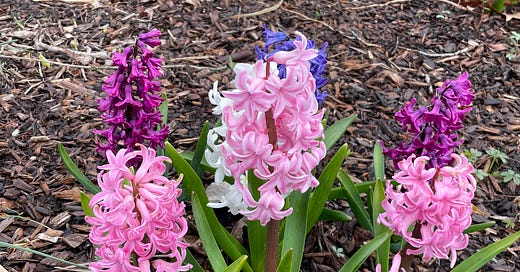


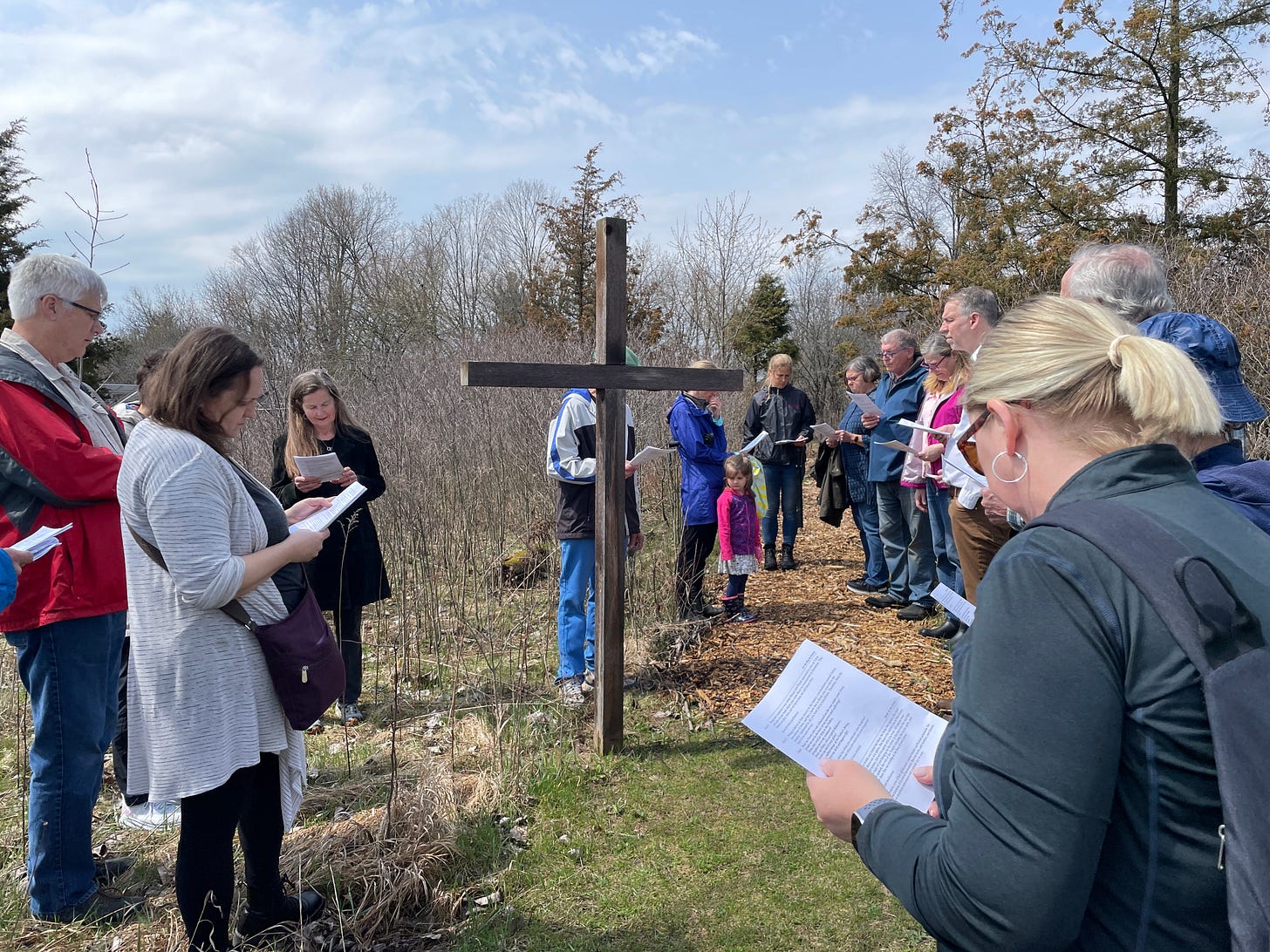
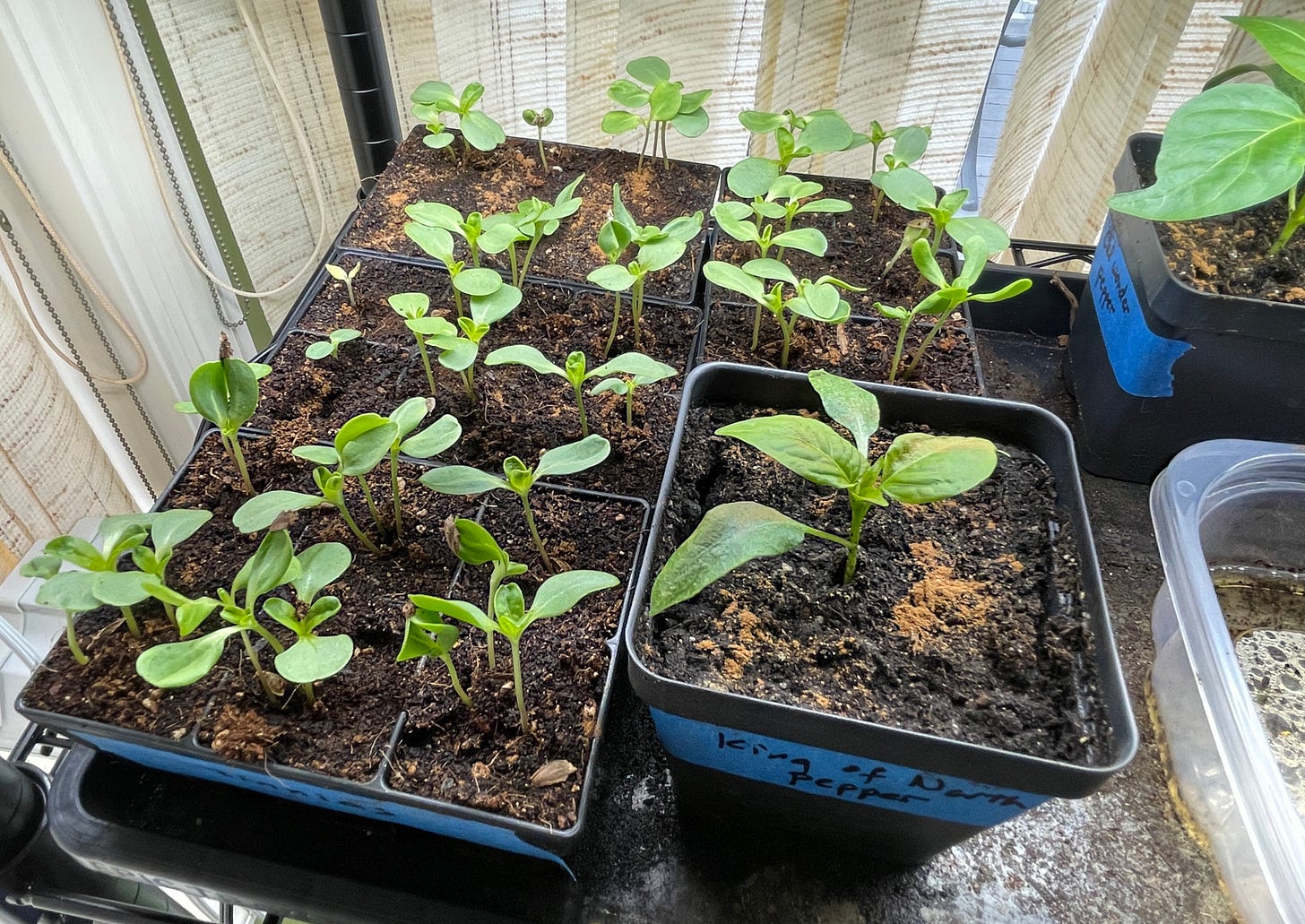
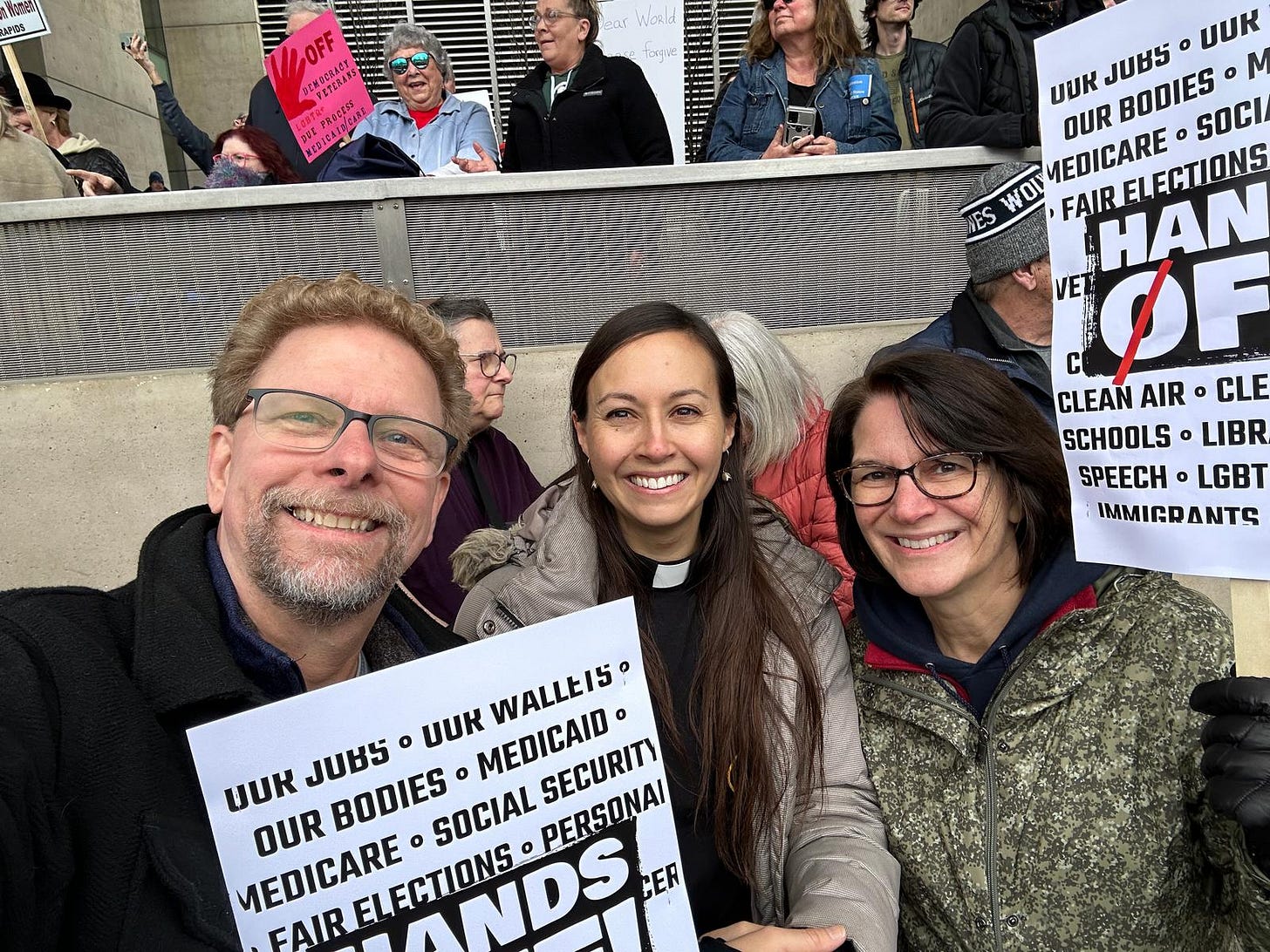

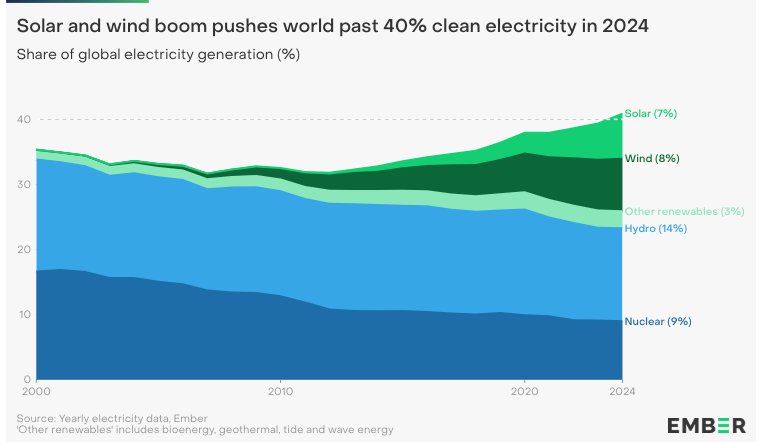
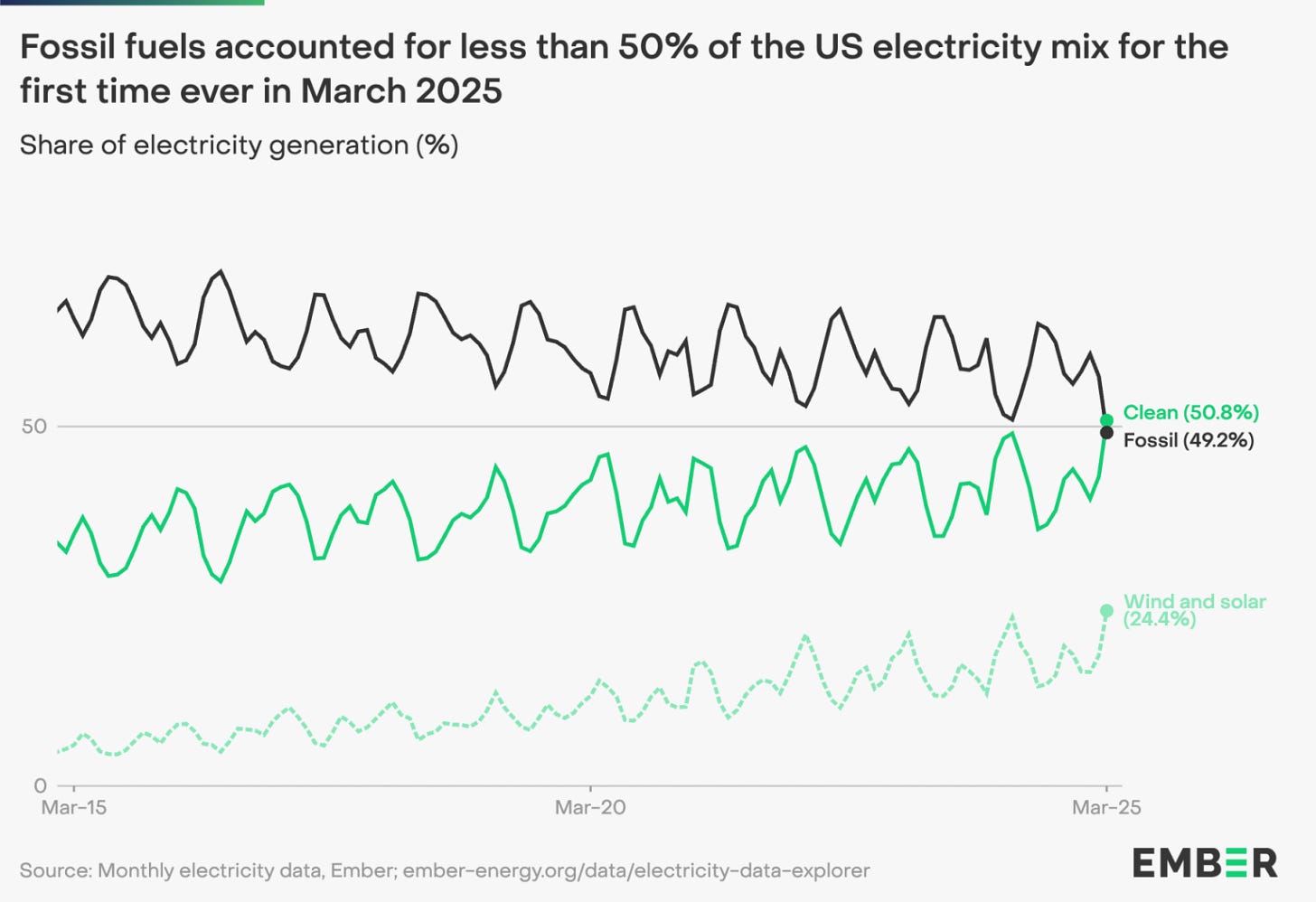

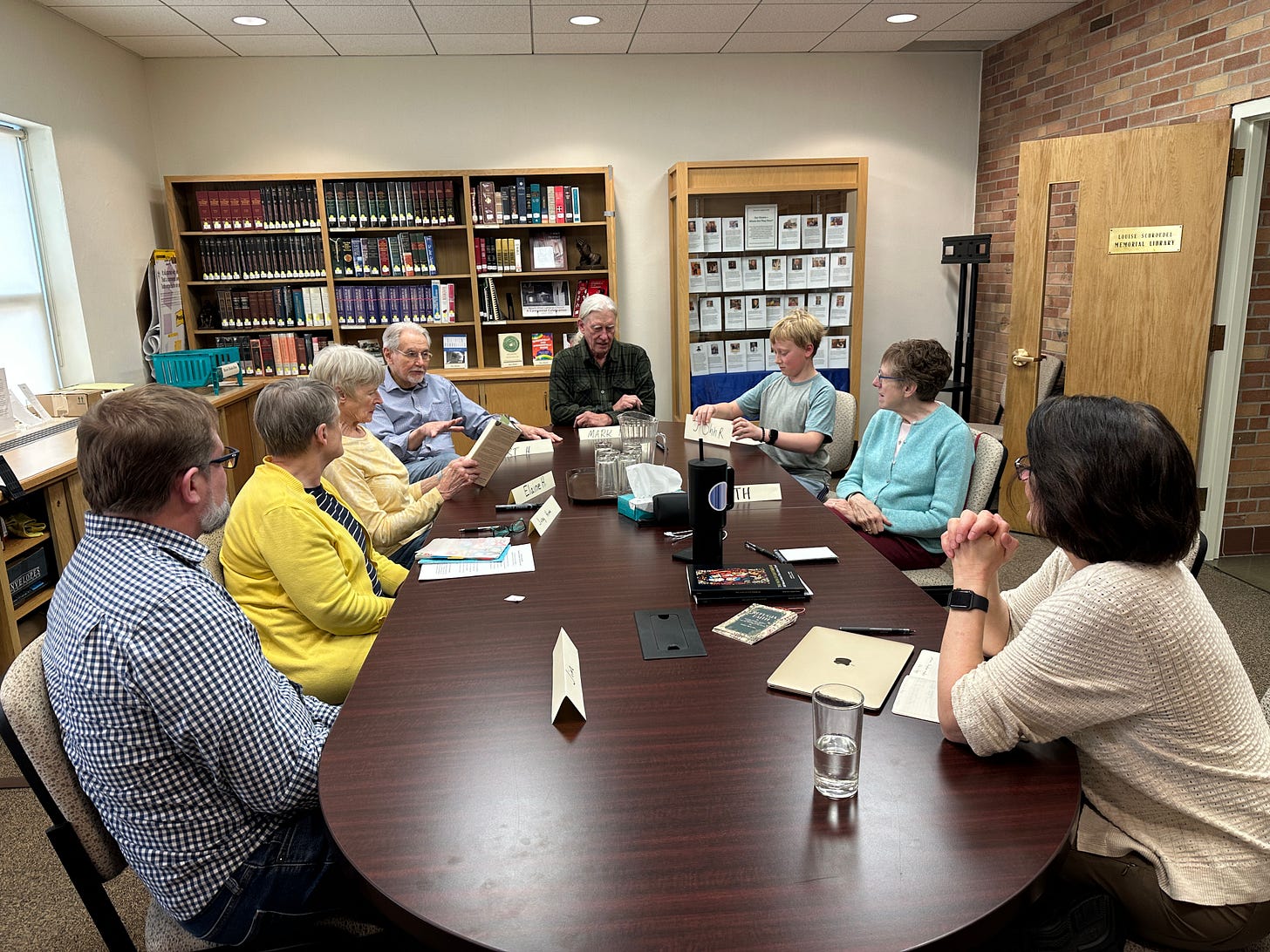
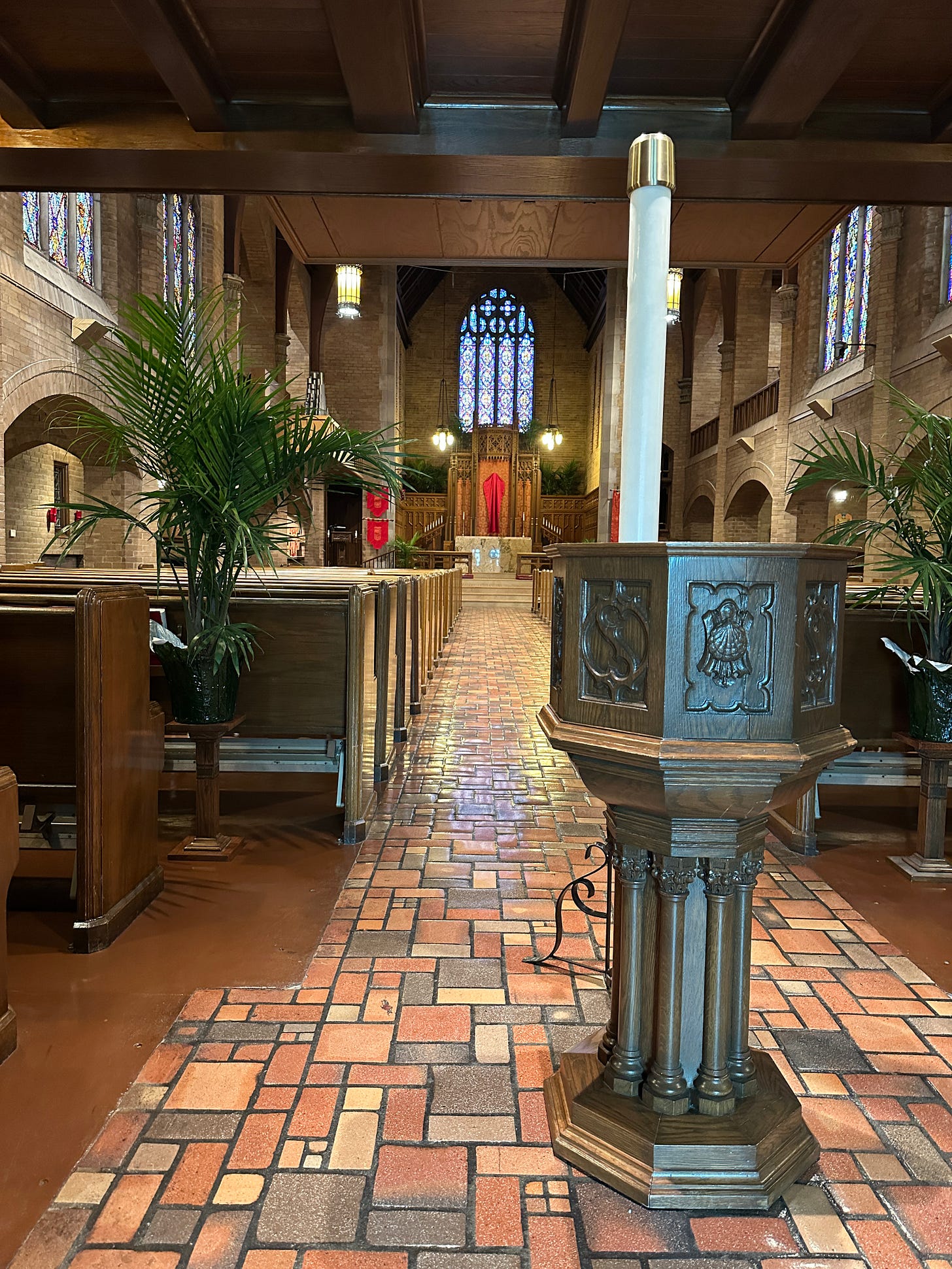
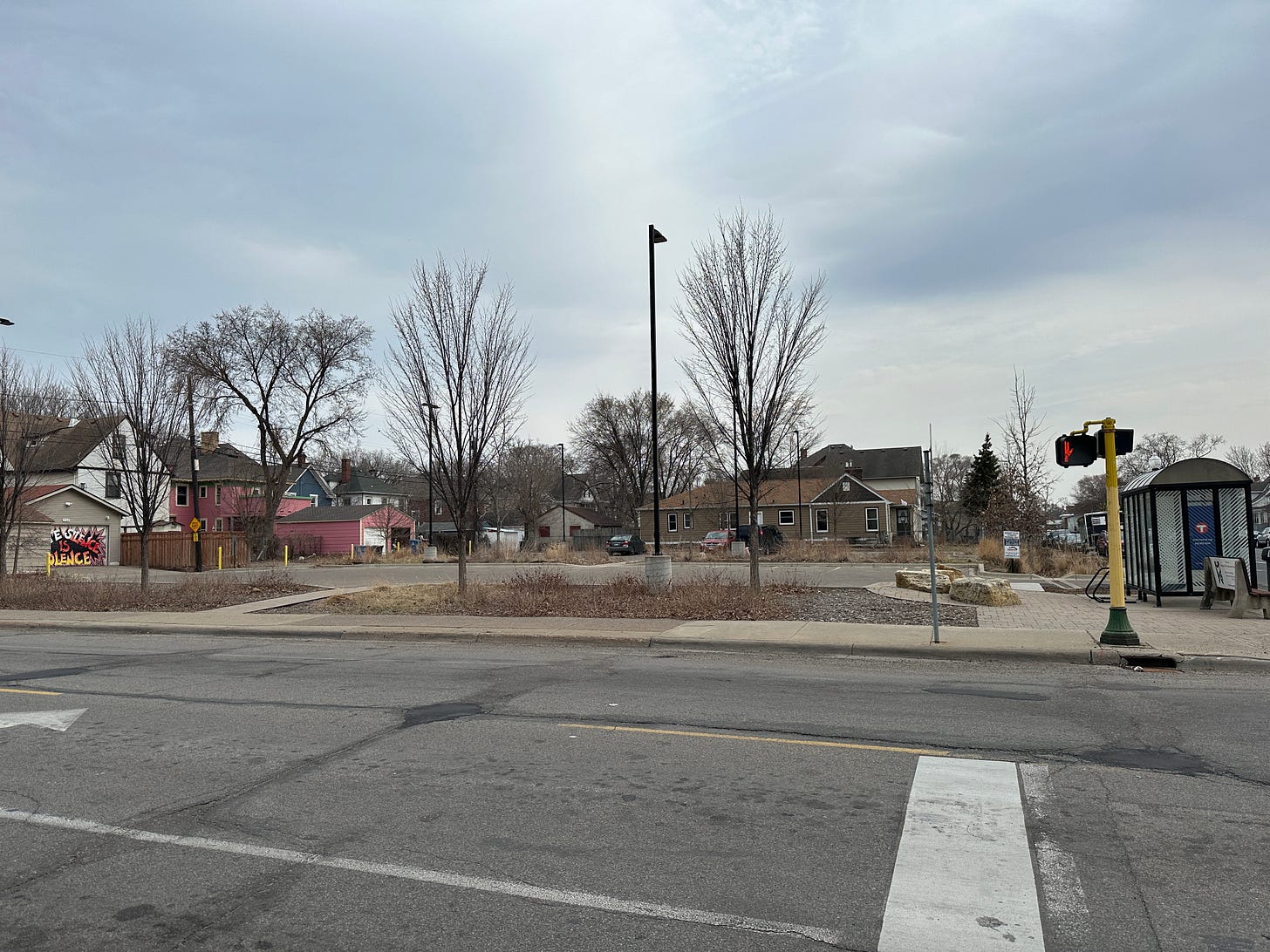
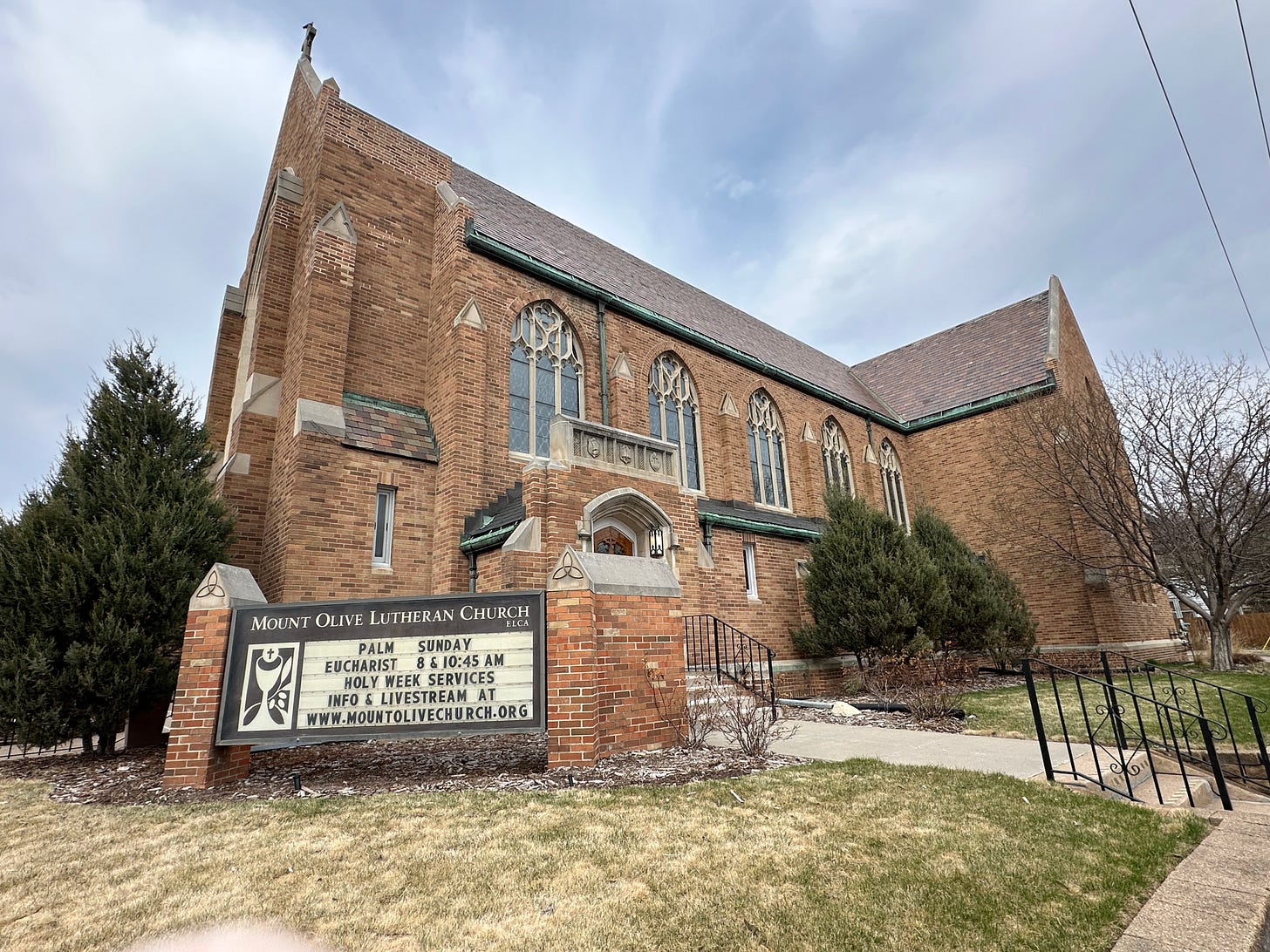
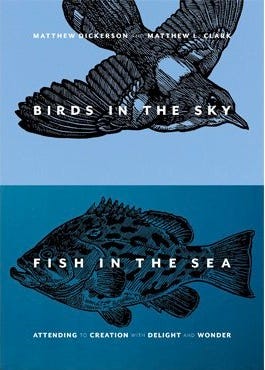

Inspiring as always, Debra!! And thank you SO MUCH for introducing me to Spencer's music - WOW! Love this song - it made me cry, it is so beautifully poignant... ❤️